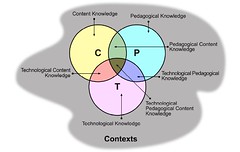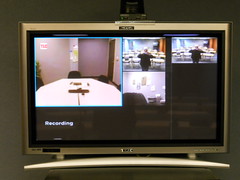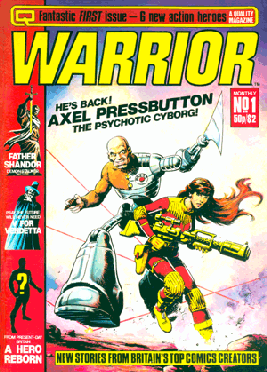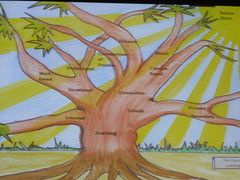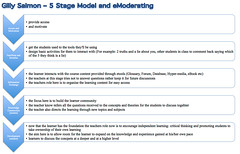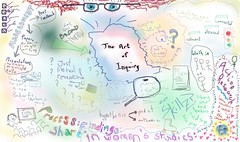 Peter Allen (The Learning Wave) shared this great article, prefaced by the comment "Came across this interesting article ... brings Maslow screaming into the 2012's.... ".
Peter Allen (The Learning Wave) shared this great article, prefaced by the comment "Came across this interesting article ... brings Maslow screaming into the 2012's.... ".To give you a taster of the article here is a couple of paragraphs and the 'rewired diagram' (from Social Networks: What Maslow Misses by Pamela Rutledge :
"Needs are not hierarchical. Life is messier than that. Needs are, like most other things in nature, an interactive, dynamic system, but they are anchored in our ability to make social connections."
"None of Maslow’s needs can be met without social connection....Maslow's model needs rewiring so it matches our brains. Belongingness is the driving force of human behavior, not a third tier activity. The system of human needs from bottom to top, shelter, safety,sex, leadership, community, competence and trust, are dependent on our ability to connect with others. Belonging to a community provides the sense of security and agency that makes our brains happy and helps keep us safe".
What is being said here closely aligns with findings from a research study that is being conducted alongside the Virtual Professional Learning and Development programme (VPLD - you can find out more here if you are interested). If you have a look at this diagram (link here), you'll see that, except for the food, shelter, and sex part of the 'rewired model' all of these aspects are present - even if they are referred to with different terminology. What was also evident was that people entered the cycle (green boxes on the inside of the diagram), and all developed at different speeds. Wonder what the implications are for programmes of learning, and their design, facilitation and evaluation in the future?
Thanks for the thought provoking article, Peter.




